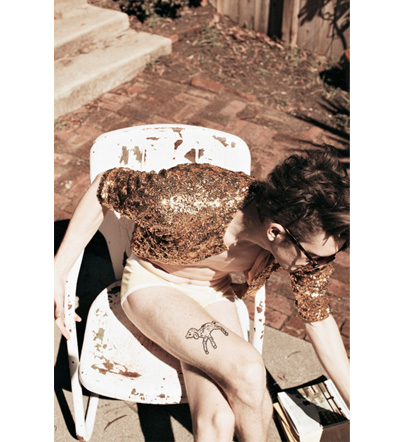
All photographs by Dan Monick

After being rejected from a creative writing class his freshman year, Los Angeles-based photographer Dan Monick was exposed to the art of the camera by Carrie Mae Weems, a prominent African-American photographer whose work has been acknowledged by such New York giants as the Whitney and the Museum of Modern Art. Since then Monick has documented “virtually everything,” as he himself proclaims, influenced by the work of Robert Frank, Nan Goldin and William Eggleston. He is fascinated with the banal, kitsch, and tacky, and the complex stories each object and subject tells about identity and community contingent to location. Monick’s sensibility captures the ephemeral beauty of these anomalies and ironic happenstances, to convey nostalgia in a unique style—one that is anarchic, often humorous, and arresting, highlighting the beauty of such banality in contemporary society.
Click for Slideshow
(more…)

Zhang Xiaogang Lamp No. 2, 2009 bronze 30-1/2 x 12-1/2 x 13 inches © 2011 Zhang Xiaogang Photo courtesy The Pace Gallery

The invention of the light bulb infamously extended the world’s workday, but for artists it changed the nature of work itself. Prior to unlimited, easily-manipulated lighting, art was made by, for, and of the temperamental illuminations of sunshine and firelight. Natural light was crucial but elusive, a combination that made it an artists’ obsession. On the canvas especially, light was almost its own person; Painters from Caravaggio to Renoir based their technique on an inspired representation of light.
Given what a revelation electric light was, it’s not surprising that artists almost immediately turned to depicting the actual bulb.
Burning, Bright: A Short History of the Light Bulb, at the Pace Gallery through November 26th, examines this impulse in artists across media. In a circus tent scene, Calder positioned the spotlight as an omnipotent god in stark gouache. Lichtenstein sculpted light rays as a solid mass, a brazenly colored object. Then there are those who used bulbs as the medium: Arman’s assembled chandelier, Noble and Webster’s billboard-style blinking lights, and a neon scrawl by Keith Sonnier standing for the light sculpture movement.
Though the miracle of technological advancement is at the heart of Burning, Bright, the exhibition leaves open the question at the conclusion of the light bulb’s story: the fact that today it is unsustainable. We are asked to consider how our sight was changed by the birth of the light bulb in the face of its death.
Click for Slideshow
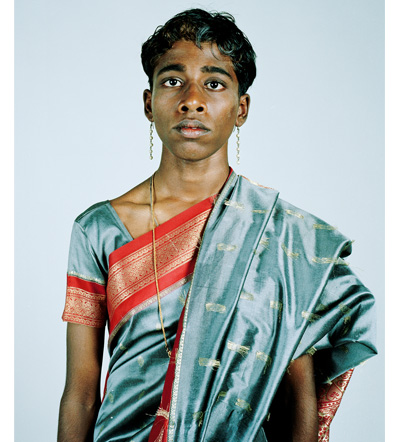
All photographs by Kalpesh Lathigra

Kalpesh Lathigra is an award winning documentary and portrait photographer known for his luminous images of forgotten communities and spaces. His work has taken him to Afghanistan, the Soviet Union and India. His current project,
State of Grace, was inspired by and shot during frequent trips to the US during the Obama elections. The images are honest and elegant, an outsiders view of the country and its current state. He is also producing a book of images from
Lost in the Wilderness, a culmination of his own US journey and the experiences of life on the Pine Ridge Reservation of the Lakota Sioux. Taking inspiration from classic American color pioneers such as Stephen Shore, Mitch Epstein and Joel Sternfeld, the project is a quiet yet powerful reflection of the people of the area. PLANET° recently caught up with Kalpesh in New York.
Click for slideshow
(more…)
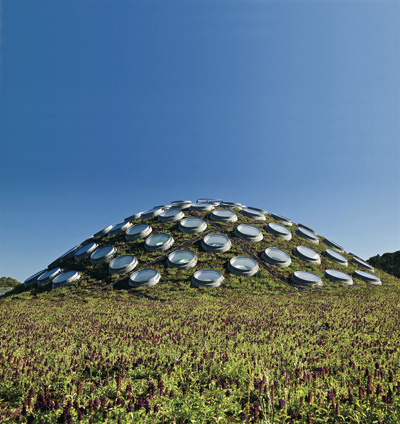
Green roof at California Academy of Sciences, San Francisco, California. By SWA Group.

When the first stretch of the Highline opened in New York City in 2009, it changed the game for contemporary American landscape design. The city park, built on an unused, raised railroad track in Manhattan, is a bold step forward. Its pathways are finished with industrial materials like concrete and steel, its plantings are squeezed into narrow swatches, and its views are stuttered and surprising. It’s a huge contrast to the city’s other great park, Central Park, which was designed by the legendary nineteenth-century landscape designer Frederick Law Olmsted. The older park lures visitors with pretty, painterly, panoramas that seem to unfold naturally as they walk through. The Highline breaks free from these longstanding conventions, and falls right in sync with the current directions in landscape design, which are captured in the new book “Futurescapes: Designers for Tomorrow’s Landscape Spaces.”
What’s striking about these new landscapes is how informal so many of them seem. Are these gardens, or patches of undisturbed wildlife? The truth is that even the most carefree-feeling new gardens are painstakingly orchestrated, created by landscape designers with a deep knowledge of plant types, climate and geology.
Click for Slideshow
(more…)

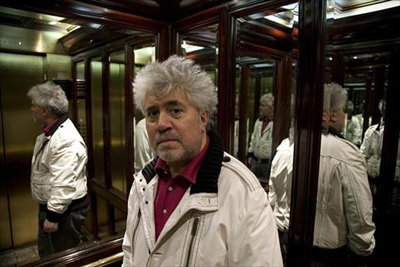
Pedro Almodóvar All Photography by Derek Peck


From my regular column in AnOther magazine.
Pedro Almodóvar was recently in New York for the premiere of his new film, The Skin I Live In, at the New York Film Festival. Some months ago, my editors and I decided that it might be nice to meet occasionally with non-New York artists as they’re passing through town, musing that it would lend itself well to the “New York Minute” theme. Naturally, I jumped at the opportunity to meet with Almodóvar, one of the true great living auteurs.
When I arrive to his suite at the Peninsula Hotel he is surrounded by staff – a translator, a pr agent, and a personal assistant – but they quickly disperse and Almodóvar and I sit down on the sofa to talk. I notice a book on the coffee table that I had just seen a couple of nights earlier in his film. It’s a collection of short stories by Alice Munro, a Spanish edition titled Escapada (Escape), though the title in English is Runaway. In the film, it appeared ever so briefly, a visual cue inserted at just the right moment in a story about abduction, captivity, and physical transformation against one’s will. The book seems as good a place to start as any, so I ask him if it’s the one in the film. “Yes, he says, “that is the one. I like her very much as a writer, but I have lots of these things in my movies, various clues and references. Of course, they are there as part of the movie, the story, so if you watch it two or three times you can still discover things. But I don’t only do it for the story and the audience; they are there also for me.”
(more…)

The sweep of support for Occupy Wall Street seems to grow by the day. While we at PLANET certainly commend the force of the movement, from a relatively apolitical vantage the demonstrations have also proven to be a music lover’s dream. Certainly, music’s connection to protest is long established, and OWS is no different, with the hypnotic rhythms of drum circles and impromptu performances by protesters beaming out from Zuccotti Park at all hours. Meanwhile, high-profile artists, such as Talib Kweli (left) and Tom Morello, have graced the park with their presence, expressing their allegiance to the cause and, moreover, rallying the troops with some stellar sets. On that account, we have compiled our favorite performances during the past few weeks of Wall Street’s occupation. After the jump, check out music by Morello, Amanda Palmer, Jeff Mangum of Neutral Milk Hotel, and Michael Franti. Given the nature of the events, the recording quality can be inconsistent but the experience is no less inspiring.
(more…)
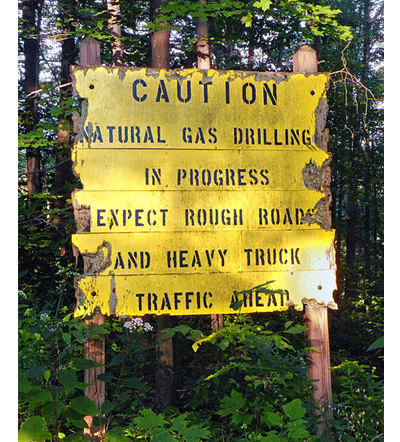

“The deeper you go, the more good things you learn.” So says the Energy Tomorrow lady in the oil and gas advertisements that have blanketed the airwaves in recent years (except during the aftermath of the BP spill when she went into temporary hiding). The ad campaign, created by an energy trade association called the American Petroleum Institute, is meant to promote the benefits of tapping into domestic resources, citing in particular the spread of jobs. And at the very heart of the campaign lately is the case for natural gas.
Listen to the president discuss the issue of gas drilling, and he’s just as optimistic: “The potential for natural gas is enormous,” he declared in an energy policy address in the spring at Georgetown University. After abandoning his administration’s efforts to install a cap and trade pricing system, and following the Democrats’ loss of their majority in the House, natural gas was the common ground on which Obama was willing to stand alongside Republicans. In the same speech, he called on Congress to pass a bill to “achieve the goal of extracting natural gas in a safe, environmentally sound way” and joked that his energy secretary was tinkering with extraction methods in the garage on weekends.
That political common ground and the speed at which private companies are moving in to capitalize even in the absence of federal
(more…)

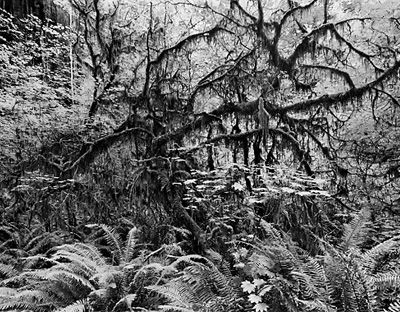
Richard Rothman


Richard Rothman began what would become his latest book in a tent in northern California, with a 4×5 camera and the intention to photograph old-growth redwood trees.
Redwood Saw, out on October 14th, is the story of Rothman’s five years photographing that forest and Crescent City, the depressed town that was cut out from it a century and a half ago. In ponderous black and white, Rothman juxtaposes the grandeur of the ancient trees with the harsh reality of a logging and fishing town that no longer has the natural resources to log or fish.
The forest photographs are arresting in their depth; Rothman consistently finds the junction at which branches, trunks, leaves, and stalks from all different plant species meet, forming a gorgeously textured tableau that speaks of the rhythms of the forest. By contrast, the images of Crescent City are divided between shots of dilapidated architecture and portraits of citizens in their homes and workplaces. The town is portrayed in a stark, almost stylized manner, as if by draining the area’s forests the logging industry managed to visibly bleed dry its own life force. If these pictures are a ruthless return to the human scale, we get some reprieve in the photos where nature and society meet. Where locals stand at the edge of the undergrowth or charred tree stumps stretch into the distance, Rothman succeeds so completely at finding a harmony and balance in the landscape that even in shots of what is undoubtedly a tragedy—a ruined forest of stumps—the regality of the natural world remains.
Click for Slideshow
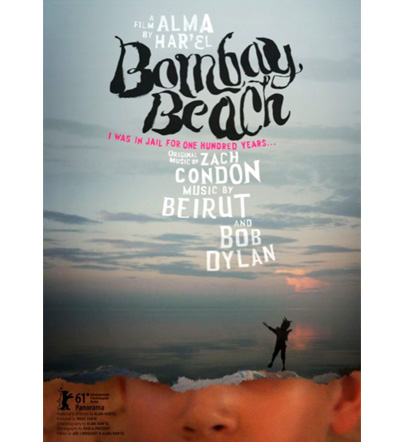


In her captivating debut documentary Bombay Beach, Alma Har’el has managed to combine seemingly disparate elements into a unique vision that’s not quite like anything else in the genre. Using interviews, dance sequences, evocative music and the unusual and beautifully shot landscape, Har’el introduces us to denizens of southern California’s Bombay Beach, a rundown desert community situated on the Salton Sea. This unlikely body of water, formed when the Colorado River flooded the desert in the early 20th century, was once a glamorous resort destination. Its decline is emblematic of the now-tarnished American Dream, but Har’el finds beauty in both the desolate setting and her struggling subjects.
Bombay Beach looks into the lives of three main characters: Red, a weathered but upbeat octogenarian who makes a living selling bootleg cigarettes; CeeJay, an NFL-aspiring teen who escaped the violence of inner L.A. for the relative calm of the desert; and Benny, a gifted, hyperactive 7-year-old whose devoted parents were once jailed for weapons possession. Woven into their stories are casually performed dances, inspired by each subject’s circumstances. Adding to the film’s dreamy ambience are Bob Dylan songs and music by Beirut’s Zach Condon, with whom Har’el has collaborated on several music videos. Bombay Beach was named Best Documentary Feature at this year’s Tribeca Film Festival.
PLANET spoke to Har’el a few days before her film opened in New York.
(more…)
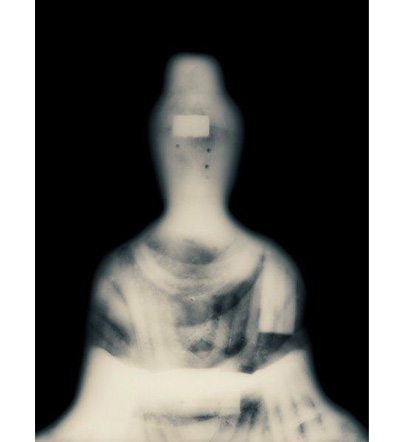
David Maisel History’s Shadow AB3, 2010

Ethereal, delicate yet raw,
David Maisel’s new book of photography,
History’s Shadow (Nazraeli Press) breathes new life into the seemingly fragile framework of ancient art. Scientific in nature – the images are actually museum conservation x-rays Maisel’s re-photographed – the undertones are pure art. Drawing from three-dimensional art objects that predate photography (courtesy of the Getty Museum, L.A. and the Asian Art Museum, San Francisco), Maisel’s photos reveal a bizarre facet of art preservation not typically displayed on a museum placard. These x-rays, intended to expose the structural well-being of valuable antiquities, have been turned on their head and transformed into some sort of meta-art for the masses.
(more…)





 Facebook
Facebook Permalink
Permalink Digg
Digg Reddit
Reddit LinkedIn
LinkedIn StumbleUpon
StumbleUpon Tumblr
Tumblr











